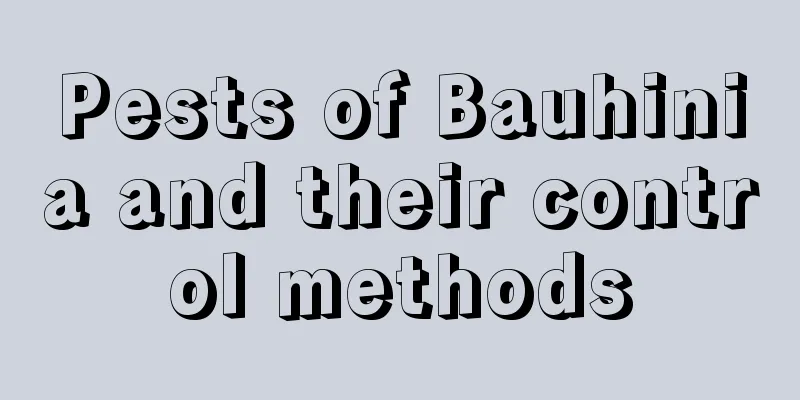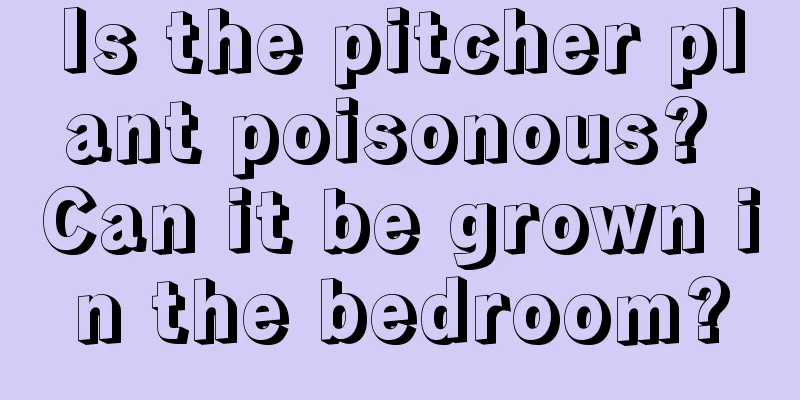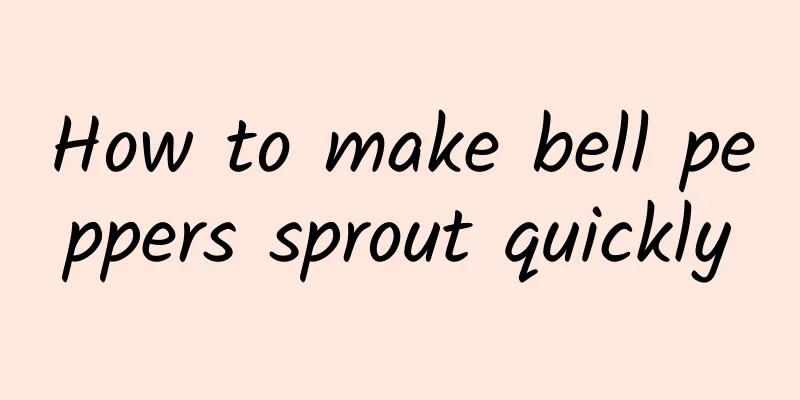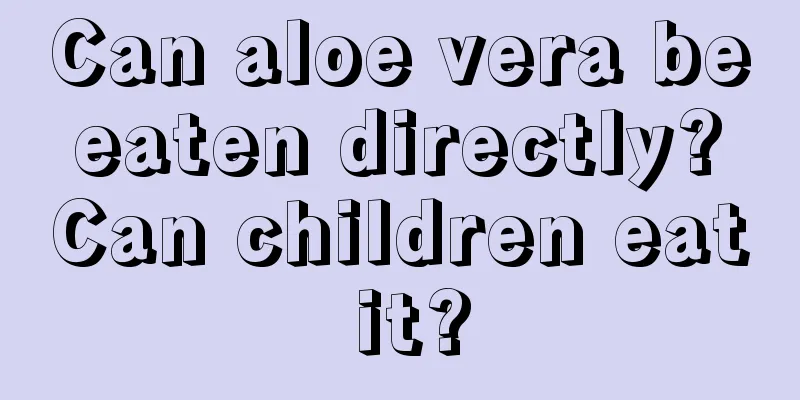Pests of Bauhinia and their control methods

Pests of Bauhinia: Big MothsymptomThe adult moth emerges in the afternoon, and the male moths prefer to be active in the evening or early morning. The larvae usually feed on the egg shells in the afternoon 1-2 days after hatching, then climb onto branches or leaves or float to nearby branches and leaves, spin silk to stick to broken leaves to build a protective sac and begin to feed. The larvae in the protective sacs bite leaves, tender shoots, or peel the bark of branches and fruits, which may cause the complete loss of branches and leaves in some areas and lead to the death of the plant. Prevention and treatment methodsCheck the Bauhinia regularly, remove the cysts promptly if found, and burn them in batches. When the larvae are in their early stages, spray 800-1000 times diluted 90% crystalline trichlorfon or 1200 times diluted 80% DDT emulsifiable concentrate, 1000 times diluted 50% carbofuran emulsifiable concentrate, 1500 times diluted 50% phoxim emulsifiable concentrate, 1200 times diluted 90% badan wettable powder, or 4000 times diluted 2.5% cypermethrin emulsifiable concentrate. Pests of Bauhinia: Brown-margined Green MothsymptomThe larvae feed on leaves. Young larvae feed on the leaf pulp, leaving only the epidermis. Old larvae eat the leaves into holes or notches, sometimes leaving only the petioles, which seriously affects the vigor of the tree. The adults are active at night and are attracted to light. During the day, they hide among branches and leaves, in grass or under other coverings. The brown-edged green moth lays eggs in two ways: in blocks or scattered on the back of leaves. Prevention and treatment methodsIn autumn and winter, water the Bauhinia with antifreeze water and dig up the overwintering cocoons in the shallow soil around the plant. If the disease is relatively mild, the insect leaves need to be cut off in time. In the early stage of larvae, spray with 1000 times concentration of insecticides such as DDT, DDT, and Fenpyrotide. Pests of Bauhinia: AphidssymptomAphids are the fastest reproducing insects, and can reproduce 10 to 30 generations a year. Female aphids can reproduce from birth and do not need males to reproduce. Aphids use their mouth needles with sucking mouths to pierce the epidermis of plants and suck the juice from the tender leaves of the plants, causing the plants to grow slowly. The secretions of aphids also attract ants. Prevention and treatment methodsIf the number is small, kill them manually and spray them with 1500 times diluted 80% DDT emulsion in the initial stage. |
<<: Common pests of Dendrobium officinale and their control methods
>>: Common pests of monkey orchid and their control methods
Recommend
How to fertilize violets
Fertilization method Sufficient base fertilizer s...
Soilless cultivation method of strawberry
1. Preparation of cultivation facilities Soilless...
How many years can petunia live?
1. Survival time Under normal circumstances, it c...
What to do if the fiddle-leaf fig loses its leaves? This will make the leaves healthier!
Reasons for leaf drop Generally speaking, it is n...
Complete Guide to Pepper Planting Techniques
There are many kinds of food in our life, and the...
What fertilizer to apply to Daphne koreana
1. What fertilizer to apply The fertilizers appli...
What to do if the leaves of the pine tree turn yellow
1. Reasons illumination Light is a very important...
How to Plant Daisy Seeds
Daisy Seeds Introduction Daisy, also known as Mal...
I went out and broke off a willow branch, and used it to grow flowers and made a lot of money
Preparation method of willow rooting agent Why ca...
Can Lithops twins be separated (Does it need to be separated if Lithops twins become 2)
Lithops is also called "butt flower" by...
What are the benefits of eating coriander and how to cook coriander
1. What are the benefits of eating coriander? Imp...
What are the cultivation methods and precautions of Dieffenbachia
How to cultivate Dieffenbachia Dieffenbachia is a...
Should I use a large or small pot for azalea?
Should I use a large or small pot for azalea? Whe...
Representative plants of summer
1. Gardenia Gardenia usually blooms in summer and...
Where is Buddaria distributed and what are its effects and functions?
1. Where are they distributed? Because it has str...









